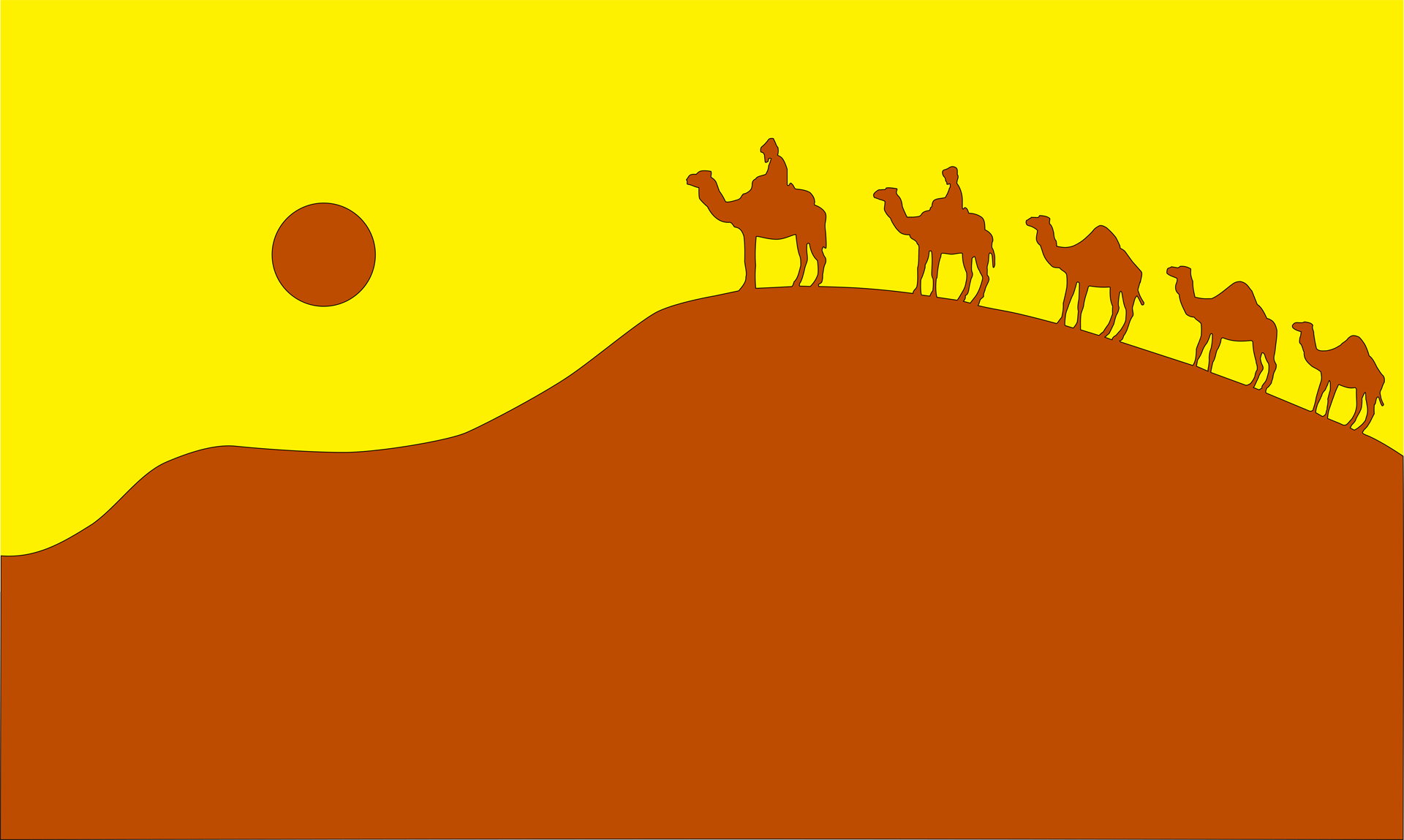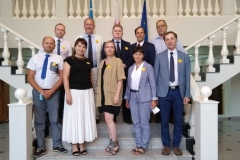5th Scientific Expedition of the Lublin University of Technology to Central Asia
On August 16-28, 2021, a team of IT scientists from Department of Computer Science was in Uzbekistan on the 5th Scientific Expedition of the Lublin University of Technology to Central Asia. The expedition was carried out as a part of the “3D Digital Silk Road” project, financed by the National Agency for Academic Exchange (NAWA) as a part of the Academic International Partnership program (https://cs.pollub.pl/projects/3d-digital-silk-road-digitalizacja -historical-silk-trail-in-Uzbekistan / ). The expedition was carried out by the employees of the Department of Computer Science: Dr. Elżbieta Miłosz (the project manager), Prof. Jerzy Montusiewicz, Prof. Marek Miłosz, Dr. Mariusz Dzieńkowski, Dr. Krzysztof Dziedzic and Dr. Marcin Barszcz.
The expedition operated in Tashkent, Chirchik and Samarkand. During it, the following were realized:
- 3D scanning of small museum artifacts and large architectural objects – the material cultural heritage of the Great Silk Road.
- Two scientific seminars on “Documenting the tangible cultural heritage using digital technology and 3D scanning” (in Tashkent and Chirchik universities).
- Working meetings with the authorities of partner universities (Uzbekistan National University in Tashkent, Chirchik Pedagogical State University, Samarkand State University) and museums in Tashkent, Samarkand and Chirchik. (https://www.nuu.uz/eng/press/news/events/ev-international/1882 ).
- Meeting of the Lublin University of Technology delegation at the Polish Embassy in Tashkent (https://www.gov.pl/web/uzbekistan/s).
3D scanned small artifacts from museums: Uzbekistan State History Museum, Tashkent Museum and Chirchik City History Museum. Scans of nearly 60 museum objects were obtained, from petroglyphs, through ceramic and leather dishes, to folk costumes.
Large architectural monuments were scanned in 3D – the mausoleums in Tashkent: Qaldirgochbiy (15th century) and Shayk Kovand Tahur (14th century) and the Zangi-Ota complex (14th century).
Over 130 GB of raw data was obtained during the expedition.
Additionally:
- Discussion was conducted with Mr. chargé d’affaires a.i. of the Republic of Poland Grzegorz Marczak about joint activities popularizing the achievements of Polish science in researching, documenting, preserving and disseminating the cultural heritage of Uzbekistan.
- Released to the Director of the State Museum of the History of Uzbekistan, Dr. Jannat Ismailova’s, the previous expedition results on DVD (digital models of artifacts scanned at the museum in 2018) and a 3D printed statue of the Buddha from Termez.
- The director of the Ulug-Beck Observatory Museum was given a donation from the project to the Museum in Samarkand in the form of a silver collector’s coin with the image of Nicolaus Copernicus from 1973. https://www.kultura.uz/view_2_r_16899.html
- Repeated (the first was in 2018) 3D scanning of the interior of the Golden Mosque and the courtyard of Medresa Tillya-Kori at the Registan complex in Samarkand was performed. Scan objective: building condition comparison 2018 vs. 2021. https://sv.zarnews.uz/post/provedena-3d-ocifrovka-tillya-kori
- 3D scanning of two Polish war cemeteries near Tashkent from World War II: Jangijul (41.110; 69.047) and Olmazor I (40.974; 68.841) was carried out.
- Field 3D scanning of petroglyphs in Hodjikent.
The implementation of such extensive works in such a short time was possible thanks to the great involvement of employees of Uzbek universities – project partners.
Plan of the seminar in Chirchik
Plan of the seminar in Tashkent
Publications about the expedition in the Uzbek media:
- https://samcity.uz/news/2873-ansambl-registan-prodolzhaet-sotrudnichestvo-s-lyublinskim-tekhnologicheskim-universitetom
- https://www.kultura.uz/view_2_r_16899.html
- https://sv.zarnews.uz/post/provedena-3d-ocifrovka-tillya-kori
- http://samdu.uz/uzk/news/905

